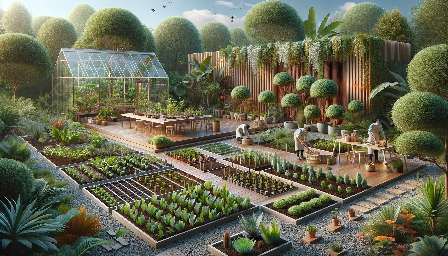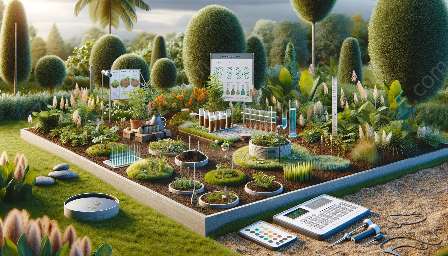Urban horticulture is an innovative field that combines the principles of horticulture with urban agriculture and forestry, creating sustainable and green urban environments. It involves the cultivation, management, and utilization of plants, particularly for their aesthetic, environmental, and recreational value within urban settings. Urban horticulture plays a pivotal role in enhancing the quality of life in cities, promoting sustainability, and connecting people with nature.
Benefits of Urban Horticulture
Urban horticulture offers a multitude of benefits, ranging from environmental sustainability to economic growth and community well-being. One of the significant advantages is the improvement of urban air and water quality. Green spaces and vegetation help reduce air pollution by capturing and filtering harmful pollutants while also mitigating the urban heat island effect. Moreover, urban horticulture contributes to stormwater management and helps prevent soil erosion.
Another key benefit is the enhancement of urban biodiversity. By creating green spaces and promoting diverse plant species, urban horticulture supports various wildlife habitats and increases ecological resilience within urban areas. Additionally, urban horticulture has demonstrated positive effects on public health and well-being. Access to green spaces and community gardens has been linked to reduced stress, improved mental health, and increased physical activity.
Techniques and Practices in Urban Horticulture
Urban horticulture encompasses a range of techniques and practices tailored for urban environments. With limited space and diverse land uses, urban horticulture often involves vertical gardening, rooftop gardens, and community gardening initiatives. These practices enable urban residents to cultivate plants in non-traditional spaces, promoting sustainable food production and fostering community engagement.
Furthermore, the use of innovative technologies such as hydroponics and aquaponics has gained prominence in urban horticulture. These soilless cultivation methods allow for efficient resource utilization and year-round crop production, making them particularly suited for urban settings with space constraints.
Impact of Urban Horticulture
The impact of urban horticulture extends beyond aesthetic appeal and environmental benefits. It contributes to urban revitalization and placemaking, transforming vacant lots and neglected spaces into vibrant green oases. By greening urban landscapes, urban horticulture helps combat the adverse effects of urbanization, creating more liveable and sustainable cities.
Moreover, urban horticulture plays a crucial role in local food security and community empowerment. Urban farms and community gardens provide access to fresh produce, promote food self-sufficiency, and foster a sense of stewardship among residents. This localized approach to food production also reduces the carbon footprint associated with food transportation and distribution.
Conclusion
Urban horticulture represents a dynamic and essential field that harmonizes horticultural practices with urban development. Its positive impact on the environment, public health, and community well-being aligns with the goals of sustainability and resilience. By integrating urban horticulture into urban planning and design, cities can embrace a greener future and cultivate vibrant, healthy urban landscapes.



